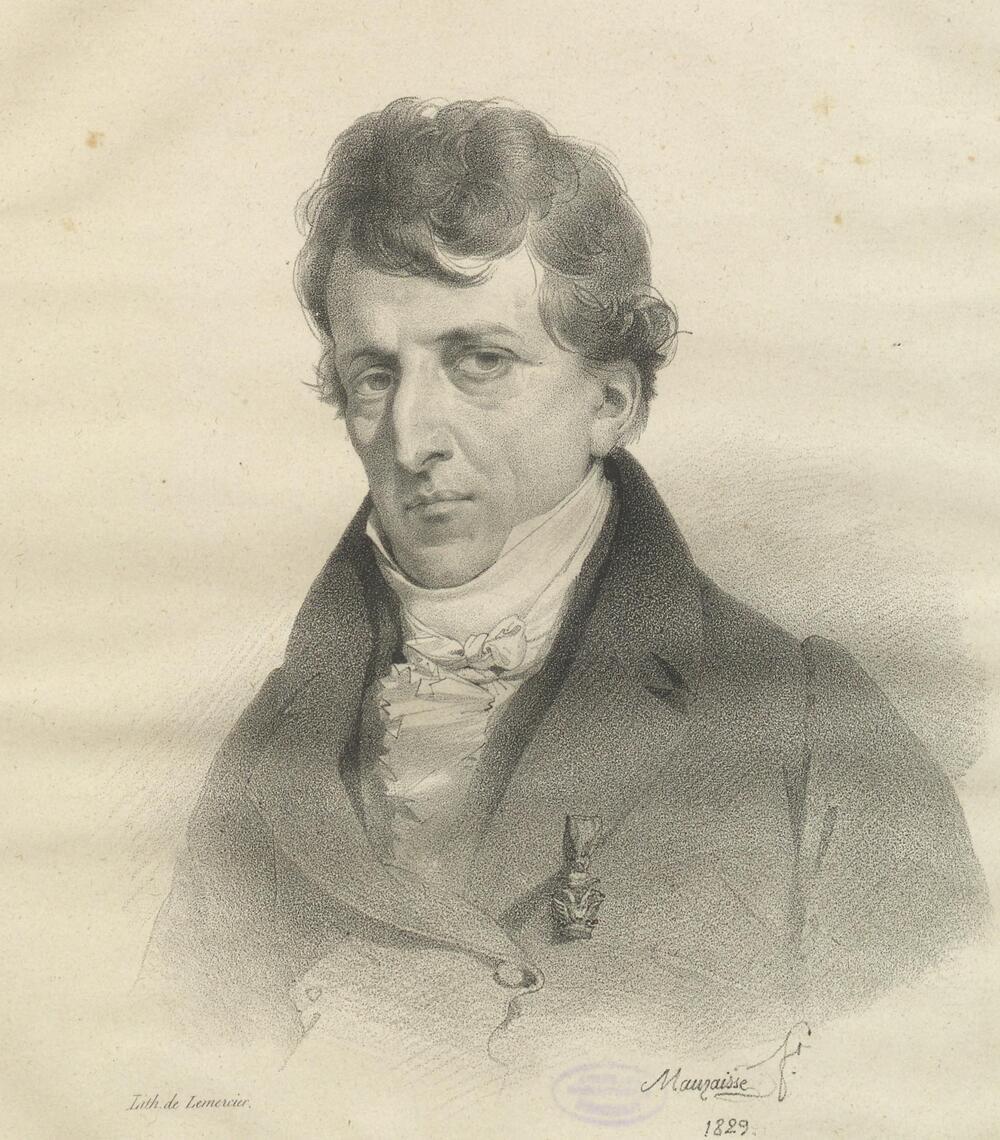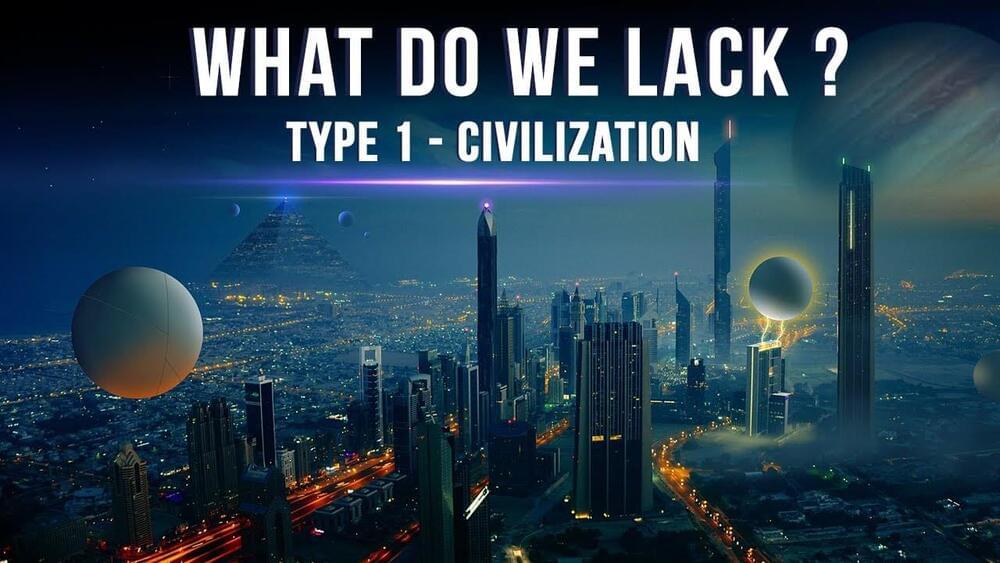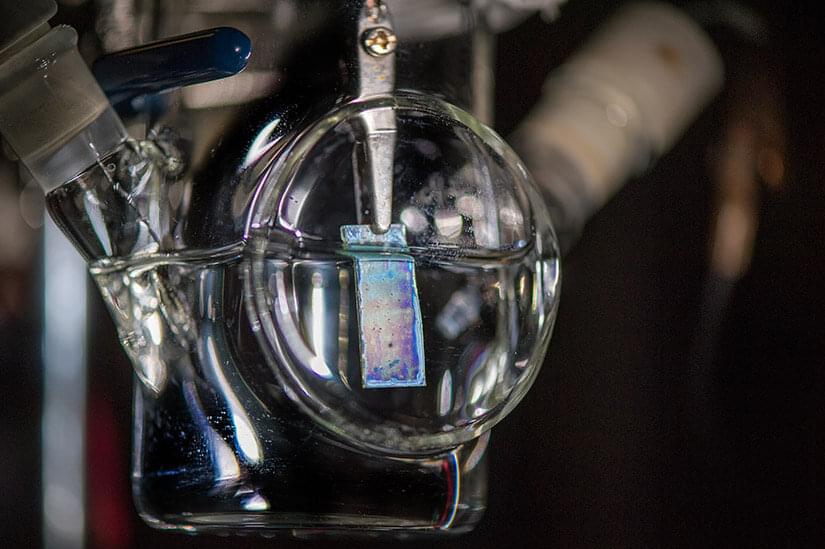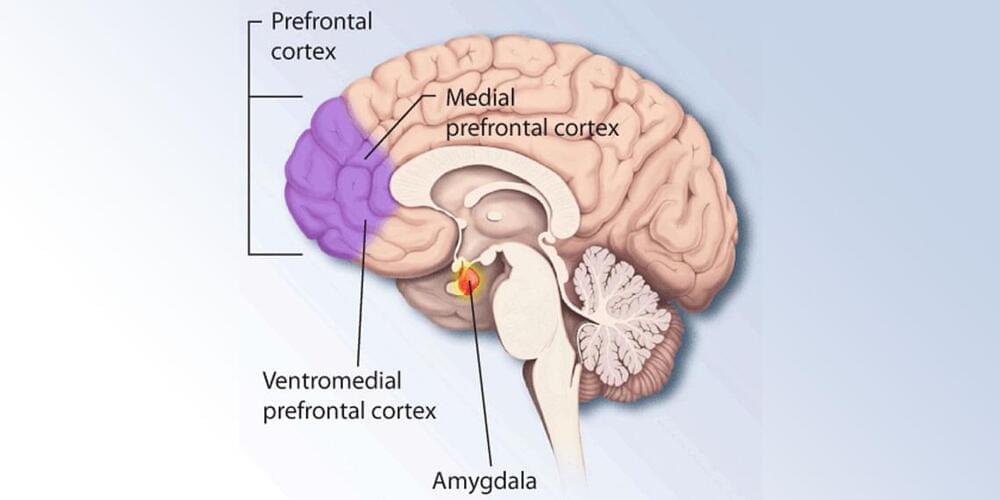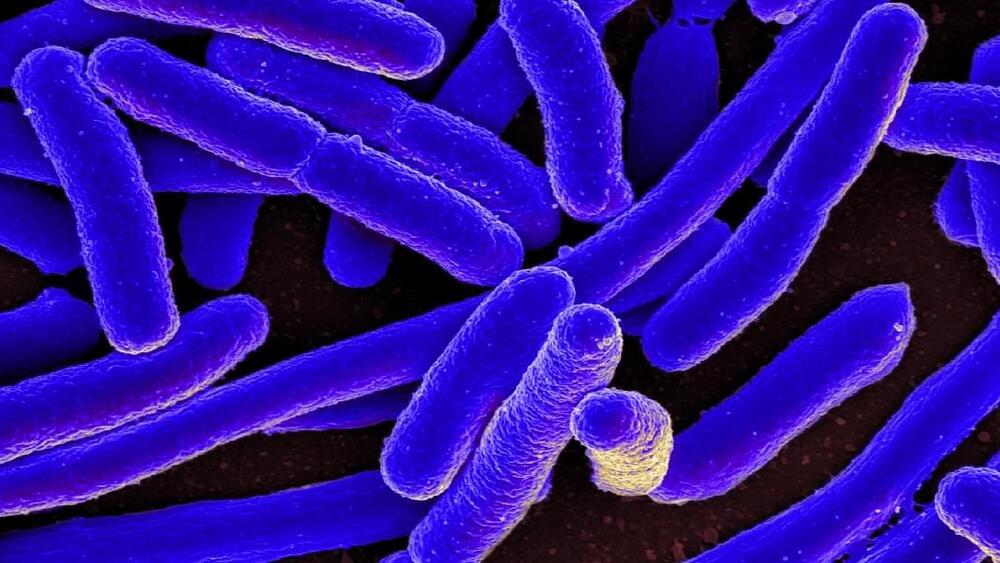Nov 1, 2022
New Origami-Inspired Mouse Folds Into a Flat Shape for Travel
Posted by Jose Ruben Rodriguez Fuentes in category: computing
If it’s been a while since you’ve tackled the art of origami, don’t worry—you don’t need any crafty folding skills to prep the Air.o for use. Squeezing the sides of the flattened Air.o pushes it into its mouse formation, while a small but mighty magnet holds everything together. Dissembling the Air.o is said to be as easy as undoing the magnet and pushing down on the mouse to turn it into a geometric pancake. According to Air.o, the mouse’s vegan leather (AKA plastic) skin will retain its integrity even after being manipulated again and again. It’ll even survive nasty falls onto hard surfaces if Air.o’s Kickstarter page is anything to go off of.
For those who enjoy the “digital nomad” lifestyle but hate using a trackpad, the Air.o could be a game-changer. There are plenty of lightweight Bluetooth computer mice on the market these days, but none of them flatten into something that could pass as a bookmark in a pinch. Air.o’s Kickstarter page says the team elected to make a full-size mouse to avoid the fatigue that comes with using a mini mouse—a tiny (and frankly irritating to use) device that often ends up being added to people’s go bags for lack of better options.
As with any other Kickstarter campaign, there’s no saying whether the Air.o will ever make it to adopters’ bags and pockets (though this campaign in particular has surpassed its fundraising goal by a long shot, so there’s hope). It’s also difficult to say exactly how easy the Air.o is to use for long periods of time; the mouse’s design, though clever, might be uncomfortable for some. At only $49 USD per mouse, however, the Air.o does appear to be worth trying, if only to impress the people sitting near you at a cafe or on your next flight.


